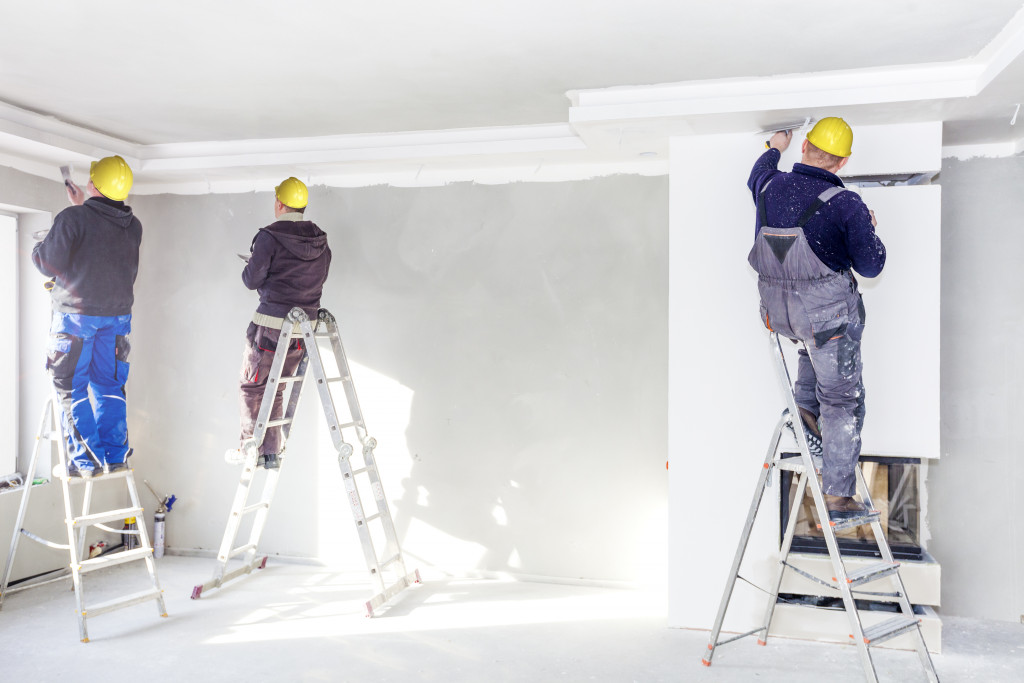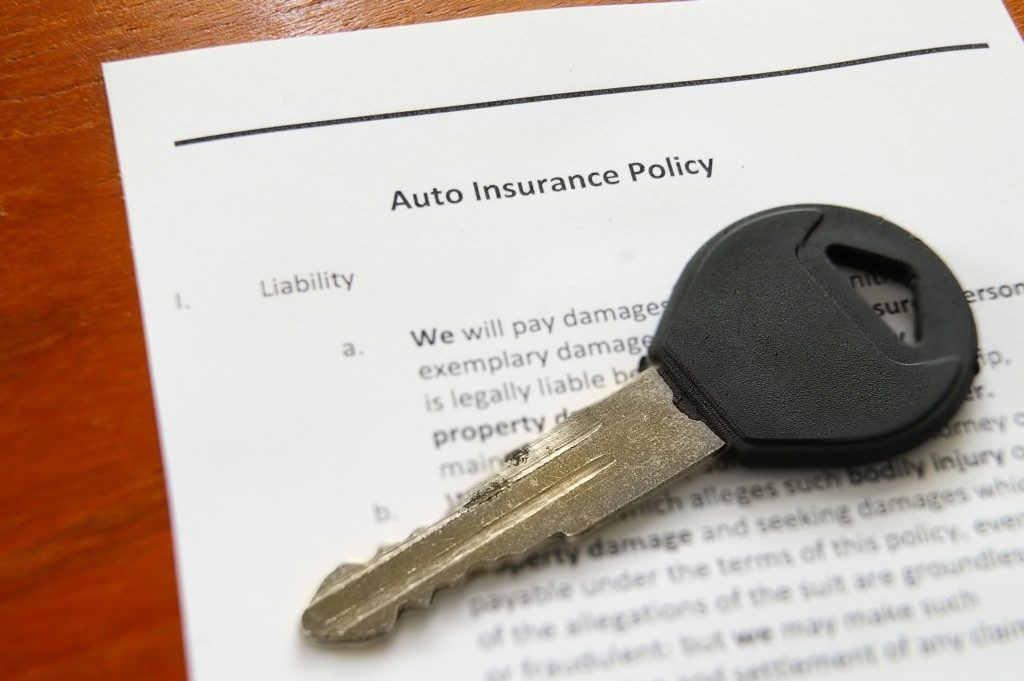Whether you’re just getting started in the construction industry or a seasoned contractor, you must follow the best construction practices to deliver great service. One of the most common areas to get damaged in a site is flooring, especially if proper preventive measures are not observed.
Invest in the right materials and take proper precautions to avoid damaging your customers’ floors. Durable floor protection materials are vital, especially if it’s an extensive project, and they will maintain the floor’s original appearance and avoid causing any permanent damage.
The Importance of Protecting Your Client’s Flooring
Protecting your client’s property is an important responsibility that you should take on with every project. Flooring, in particular, can be expensive when damaged and can cost your business time and money for repairs. Don’t risk damaging floors by implementing preventive measures in your projects.
It also serves as legal protection against property damage claims, so exerting efforts to provide a certain level of care will increase customer satisfaction, gain more potential clients, and avoid costly lawsuits.
Tips for Flooring Protection
Use Durable Floor Coverings
Protect your client’s floors against impacts, stains, and scratches by using durable floor coverings. You can use self-adhesive coverings or rosin paper to block dust and debris or use heavy-duty plastic sheeting for wood and tile.
To protect against heavy equipment like scaffolding and scissor lifts, place Masonite to help disperse the concentrated pressure or use scissor lift wheel covers to protect floors from scuff marks. Here are other floor coverings you can use to protect against scratches and stains:
- Floor Cardboards: Specialized floor cardboards can prevent dents during heavy-duty construction projects. Corrugated cardboards are usually used as they are lightweight and offer sturdy protection for carpets or countertops.
- Hardboard: Thick, wooden hardboards are easy to install and durable, perfect for guarding floors from all types of damage.
- Adhesive Floor Protection Film: This high-quality film easily sticks to floors to protect from indoor and outdoor debris. It covers a wide surface area to make sure the flooring system won’t be damaged or stained.
Keep the Site Clean and Well-Ventilated

Always clean the floors at the end of each day to remove debris or paint that can leave permanent stains. Also, maintain good ventilation to prevent chemicals and dust from settling onto the floors that can cause damage. Install a fan to avoid contaminants from circulating throughout the space. Here are other tips to improve ventilation in your work area:
- Let the fresh air in by opening doors or windows in your work area.
- Make sure to change filters regularly as clogged filters can affect indoor air quality. They should be installed properly to enhance airflow even in the corners of the work area.
- Since construction work generates hazards like silica dust, fumes, or solvent vapors, ensure enough exhaust ventilation or fresh air to avoid affecting the client’s flooring and the workers’ health.
- Place fans facing away from workers to avoid potentially contaminated air from one person to another. It helps promote more efficient air circulation, avoiding any airborne chemicals to stay longer indoors.
Determine Walking Routes
Establish a dedicated route for bringing materials and equipment to and from the site to avoid leaving debris and dirt on other areas of the place. This will make the construction workflow more organized, making the whole project more efficient. Here are some tips on how to create safe pathways:
- Before renovations begin, identify which area of the building can be accessed by the construction team. Apply temporary coverings on the floor to let workers know where they should walk and make sure the area is clear of furniture or other objects that can obstruct the way.
- Place sticky mats at each entrance to pick up dirt and make sure everyone wears shoe covers for added protection against dirt and grime in pathways.
- Identify the equipment that will be allowed inside the worksite, such as carts or dollies. Four-wheeled carts with wider wheels are preferred over two-wheeled carts because the weight is distributed properly and less likely to cause floor damage.
If you prioritize protecting your client’s flooring during construction, it will give everyone peace of mind, and they will appreciate that you care for their property. Remember that even though surface protection might increase your costs a little, it can benefit your business as you’ll be able to provide quality service that will raise your brand’s reputation.



